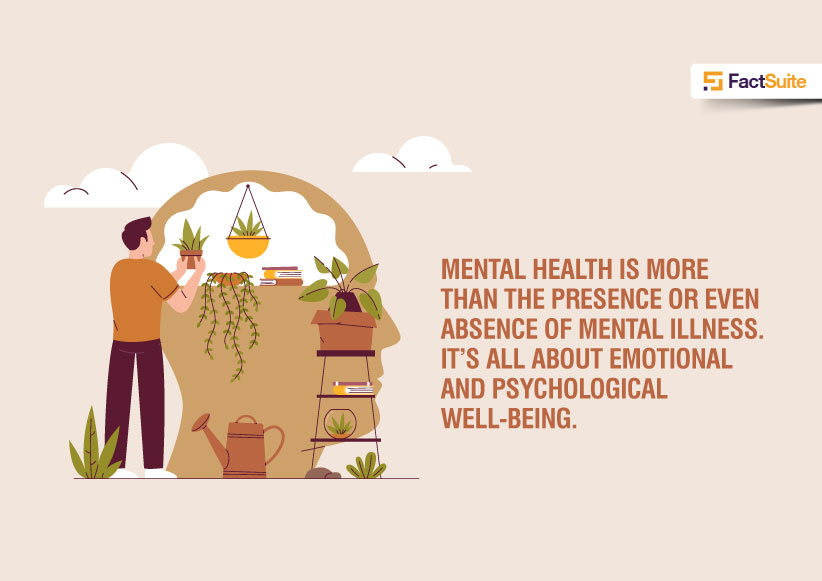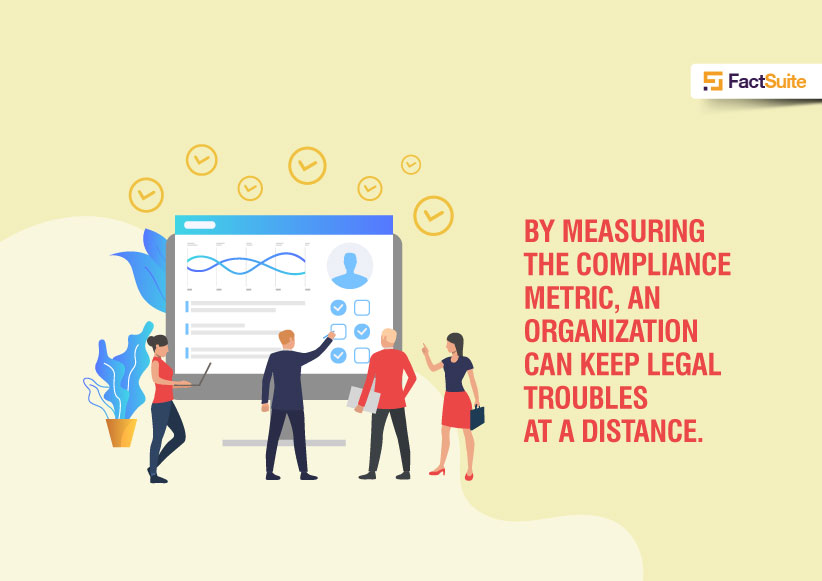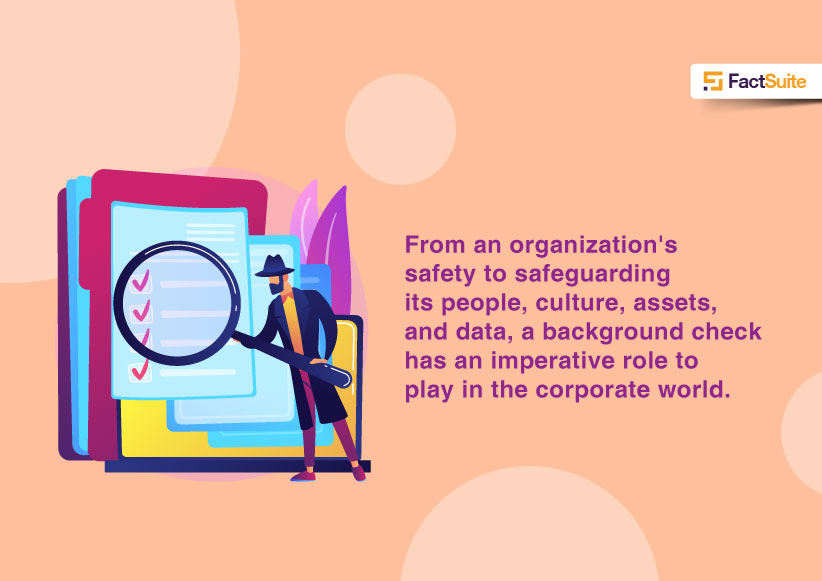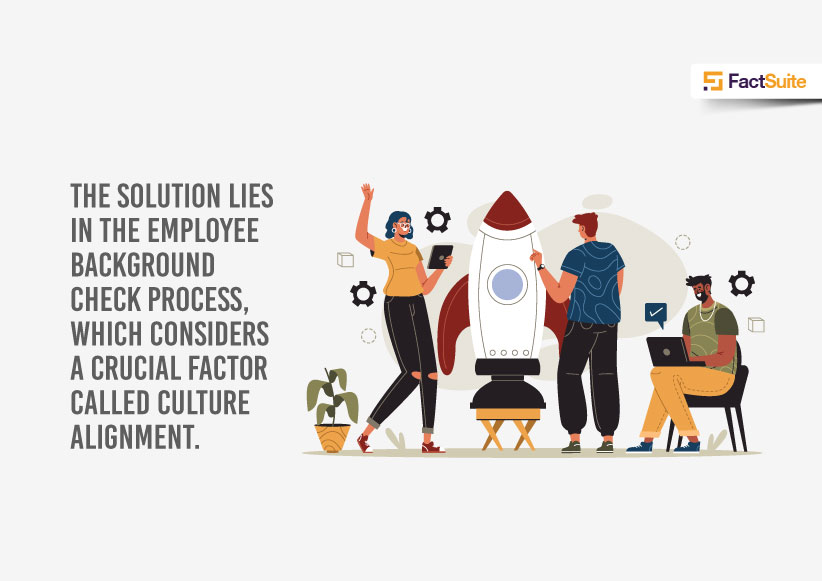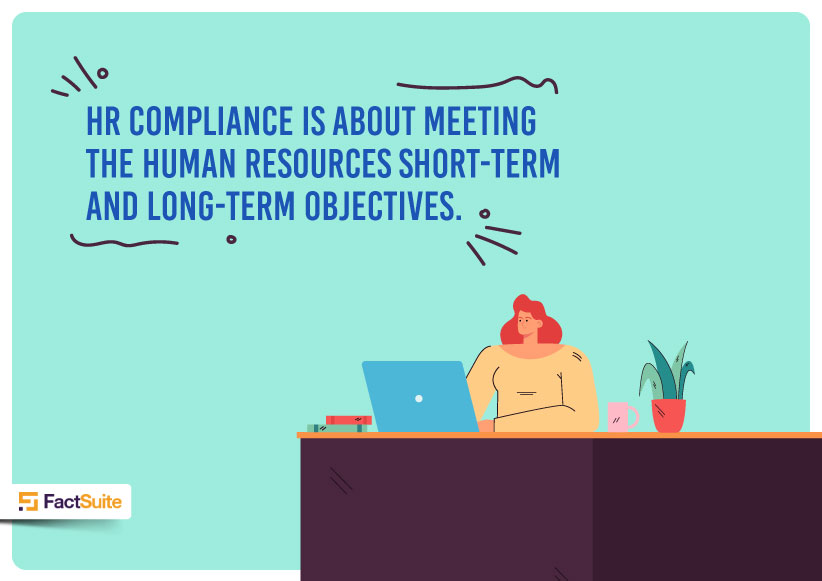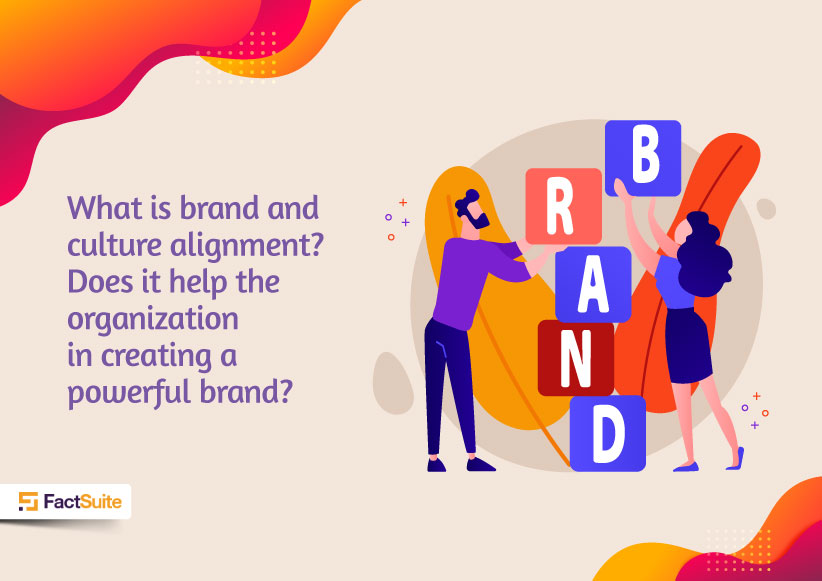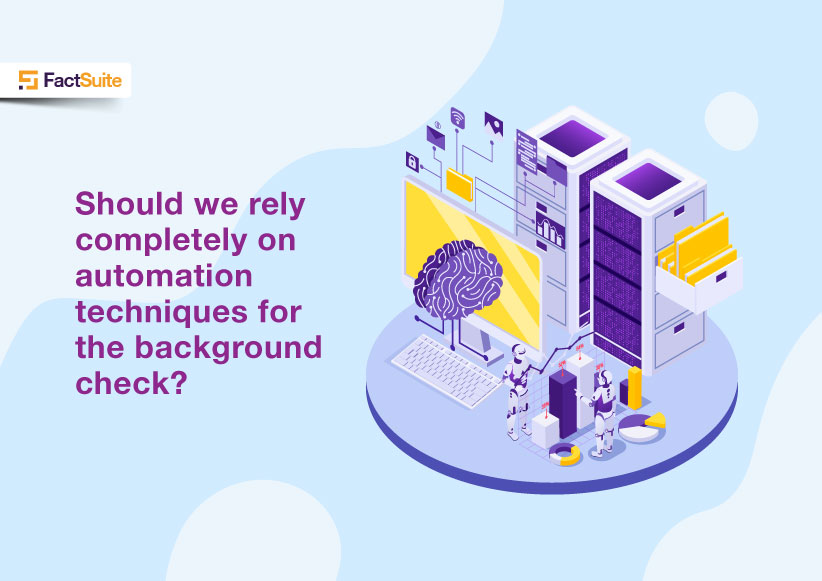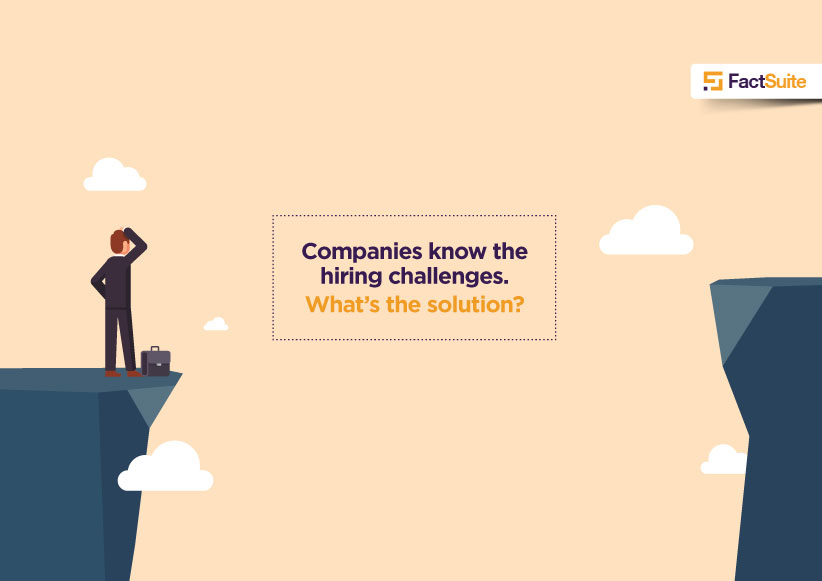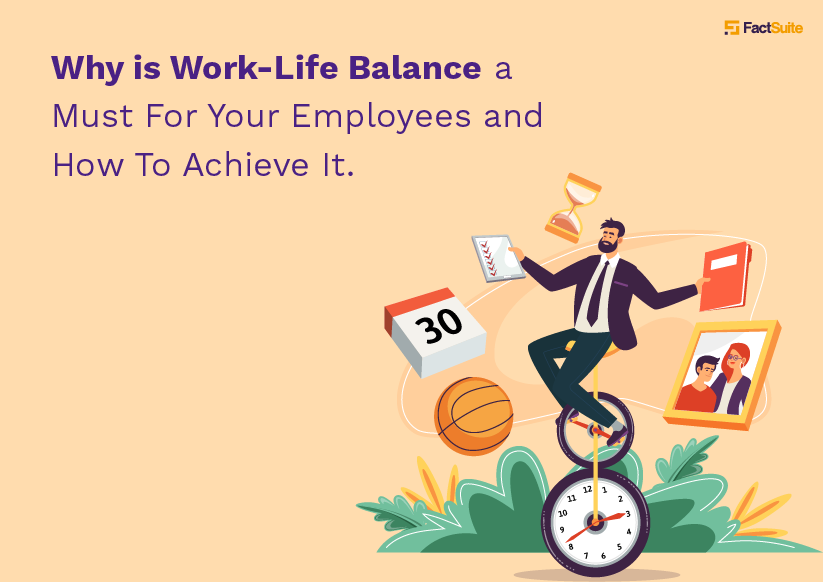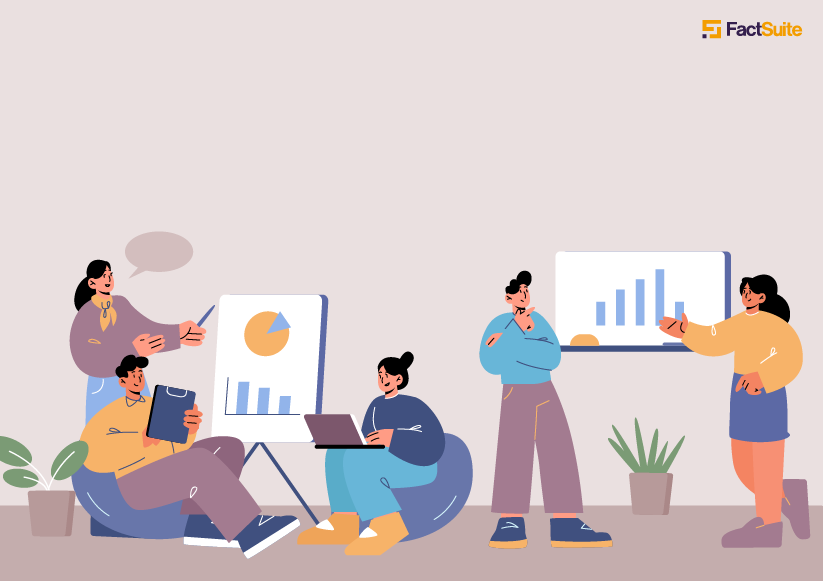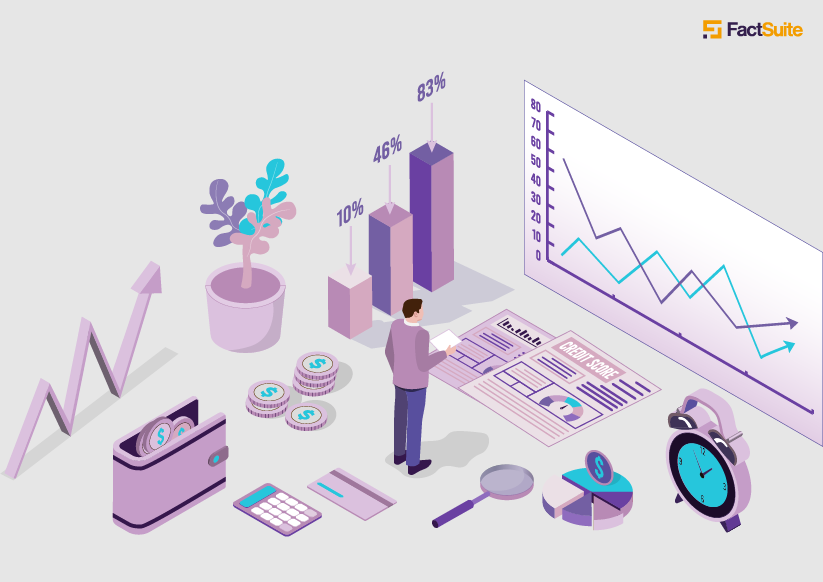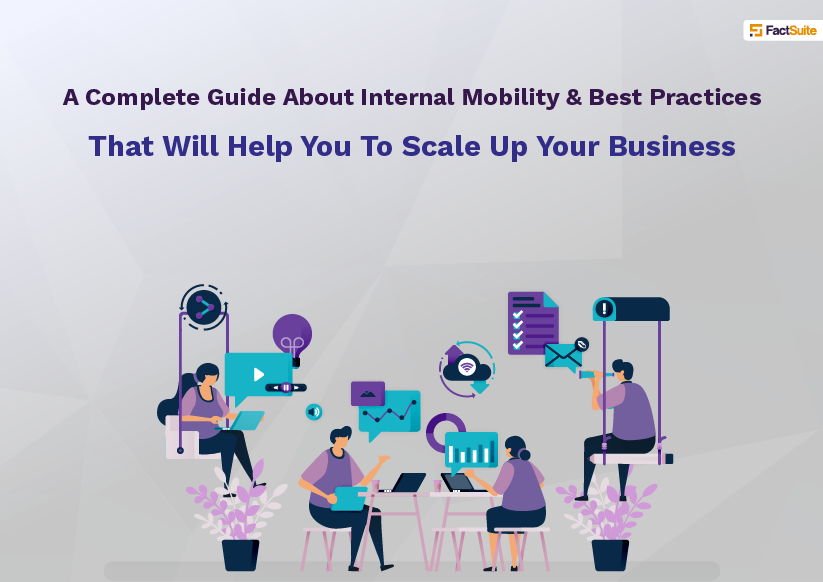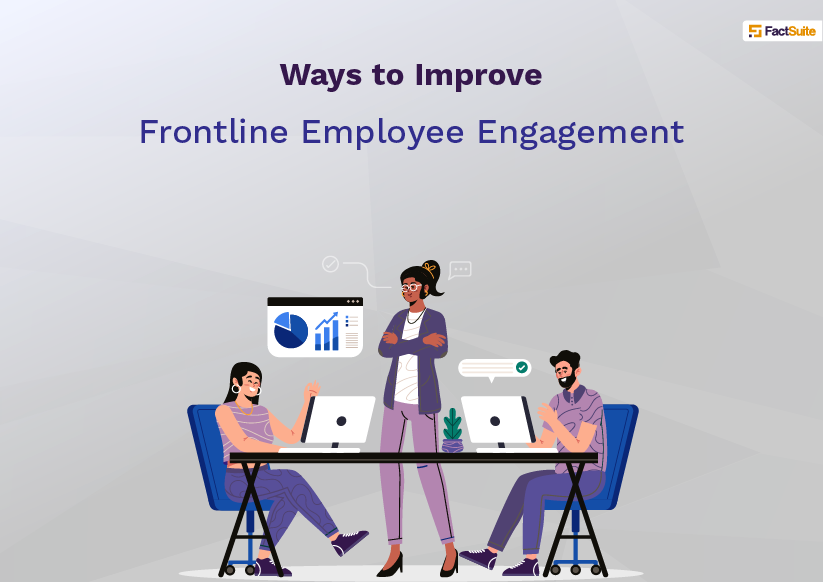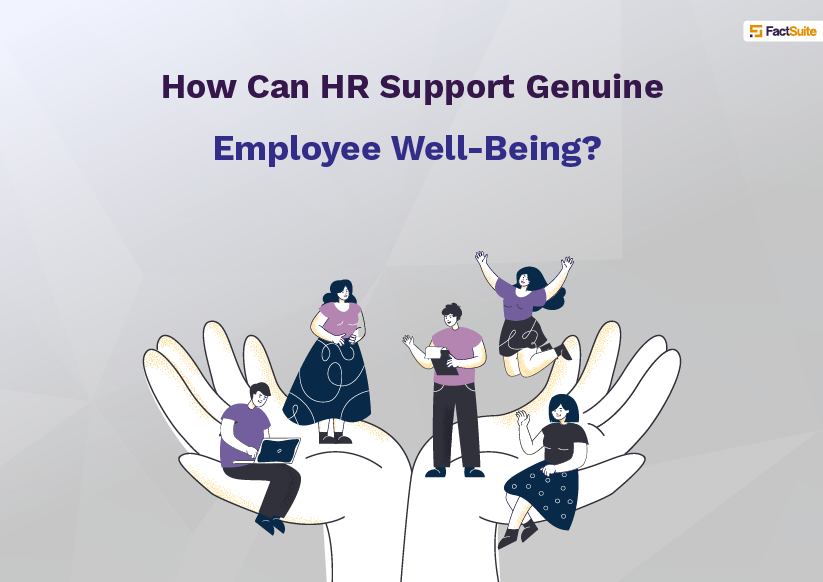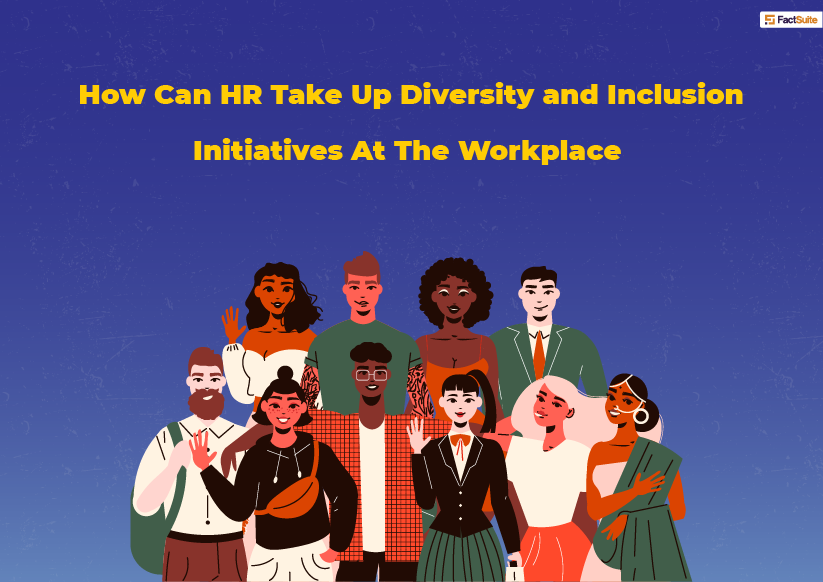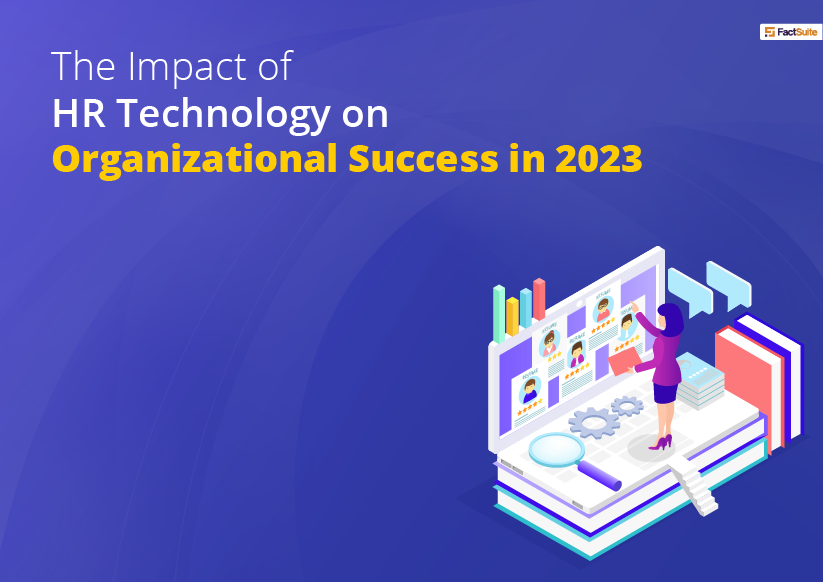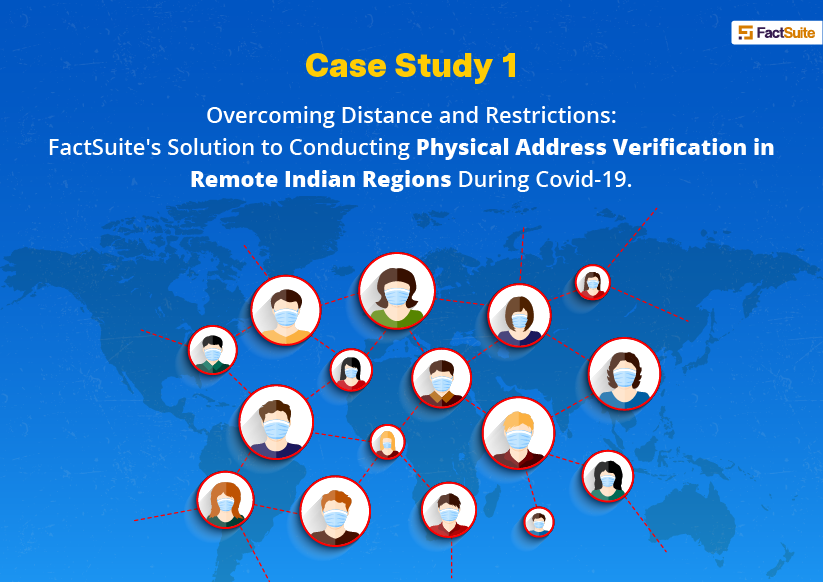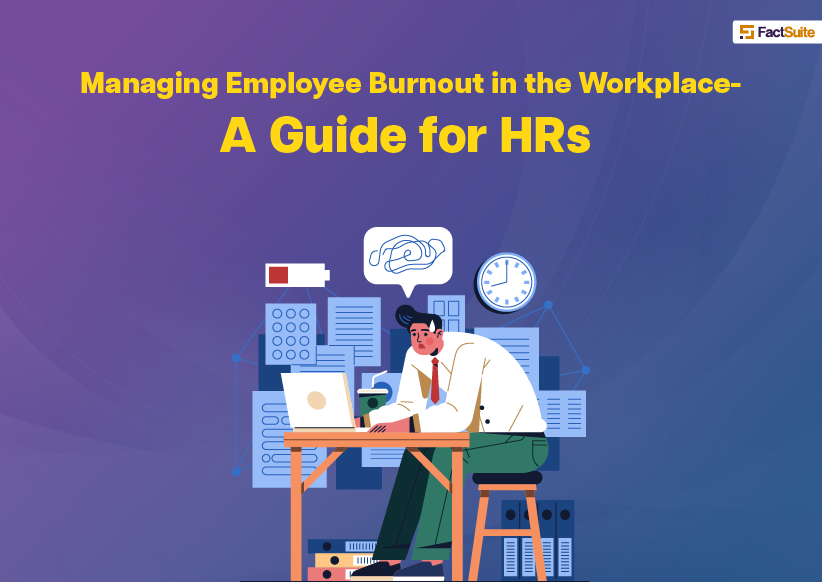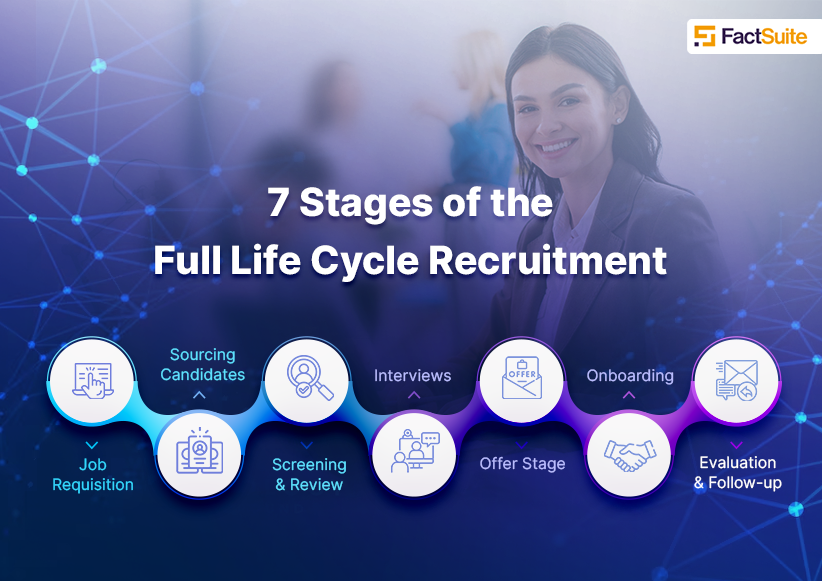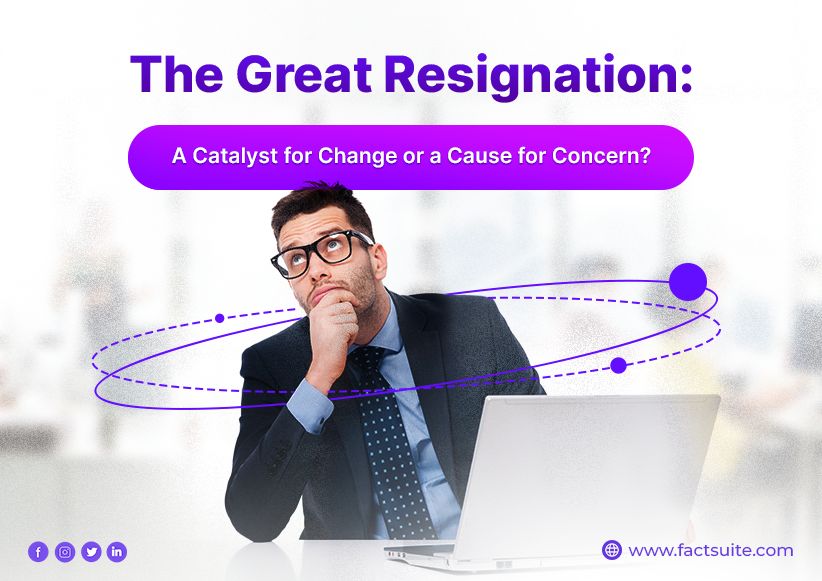Negative Impact of Technology in the Workplace
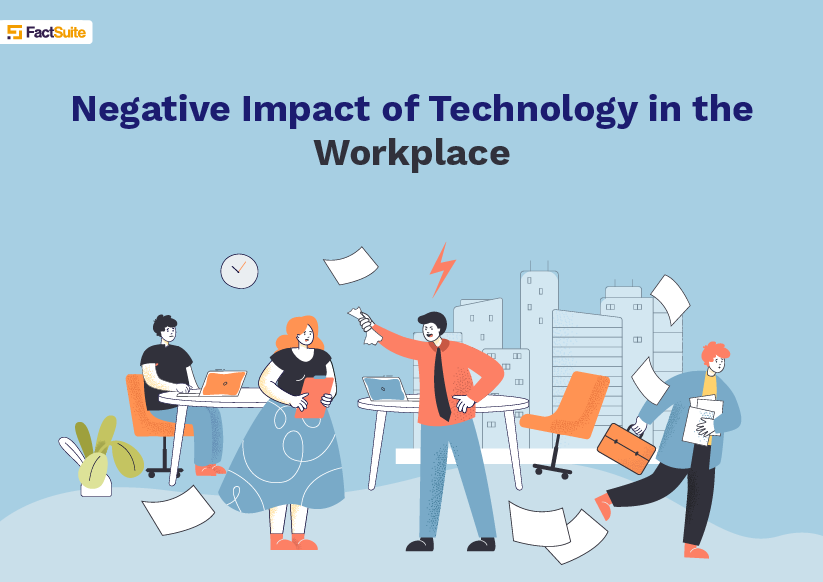
From the time we wake up to the sound of an alarm clock to answering messages on the phone through the day, we’re hooked to electronic gadgets. Whether we’re working on the computer at the work desk or worrying about cyber attacks and phishing while browsing the Internet, technology has become an integral part of our work and personal lives.
No matter what the area of work, technology has entered all processes and functions across the workplace. Almost all companies, across industries, have embraced technology. They aspire to consistently improve the technological landscape of their organization. However, few organizations are doing it right. Technology has a number of negative effects on the individual and on work, in general.
Some of the negative impact that technology has in the workplace
1. Technology is the biggest reason for distraction
Constant notifications, multiple web pages open on the desktop, and emails flowing in every hour – these are just a few of the many distractions caused by technology. Distraction is one of the most harmful impacts of technology at the workplace. The result? Cognitive scientist Gloria Mark says, is, people compensating for interruptions by working faster, leading to stress, frustration and pressure. All of this leads to poor productivity. Researcher Eilish Duke explains [K2] the reasons: technology like smartphones distract us from achieving a state of flow at work – a state in which we are fully absorbed in an activity while being productive. Long-term increased distractions lead to chemical imbalance in the brain, which results into fatigue and anxiety.
2. Addiction to electronic gadgets
The need to constantly look at ones phone, to continuously check emails and respond to every beep or ring has lead to addiction to gadgets. People with gadget addiction have higher levels of GABA (gamma amino butyric acid) – a chemical that slows down signals in the brain. This chemical is linked to vision, motor control, and various other brain functions.
3. Always-on lifestyle
According to Pew Research Center, we exchange an average of 109 messages on a normal workday. Our work hours have increased by about five hours a day because of staying connected, in office and after work hours. Its impact is not just limited to individuals. Addiction to technology and continuous access to it are contributing to a societal dearth of sleep. Some of the common health problems caused due to over use of gadgets are: carpal tunnel in the wrist, bulging discs in the neck and back, stress, damaged eyesight, sleeping disorders, depression and weight gain. These health issues affect a person’s performance at work, leading to increased absenteeism and a decrease in mental and physical capacity to perform well at work.
Impact on employment
According to an Accenture report, more than half of the world’s population is worried about losing their jobs to automation. Experts predict that between 5 and 10 million jobs could be lost to automation by 2020. Tesla CEO Elon Musk considers automation as humanity’s “biggest existential threat.” People across industries like automotive, finance, and manufacturing are worried about their future. However, studies show that only 5% of the jobs are fully functional without human intervention. Simply put, even machines need human beings to operate them.
Technology, AI and machine learning are driving employees to upgrade skills and learn new skills. For eg, According to the World Economic Forum, there will be a significant rise in the need for soft skills by 2020. Non-technical capabilities such as problem-solving, cognitive abilities, and social skills will be in demand, by a staggering 36% more.
Unseen negative effects of technology in work
Wondering why this change? Technology has changed the way businesses function. The need for employees with the right mix of technical and other complementing skills is on the rise. Top business and career coaches warn leaders and managers against relying too heavily on technology to communicate with their teams. Here are a few why not to depend on technology for communication:
- Employees may feel talked to, but not engaged with. When managers communicate with their teams through gadgets, the lack of tone, lack of questioning, discussion and body language lead to a superficial exchange. This affects the engagement level of employees.
- Lack of real “connection”. Leaders and managers need to connect with their employees at various levels. Employees’ engagement with work is related to manager-employee connection, which is affected due to communicating through gadgets.
- MIT social psychologist Sherry Turkle points out that younger people are more comfortable with text-based conversations as it gives them enough time to plan and respond. In the process, they are losing their ability to have spontaneous conversations. Face-to face conversation is an essential need for any organization’s success, especially for leadership and managerial roles.
So what can we do to stay away from the negative impact of technology? Can we switch from a technology-centric work culture to a people-centric work culture, to begin with?
